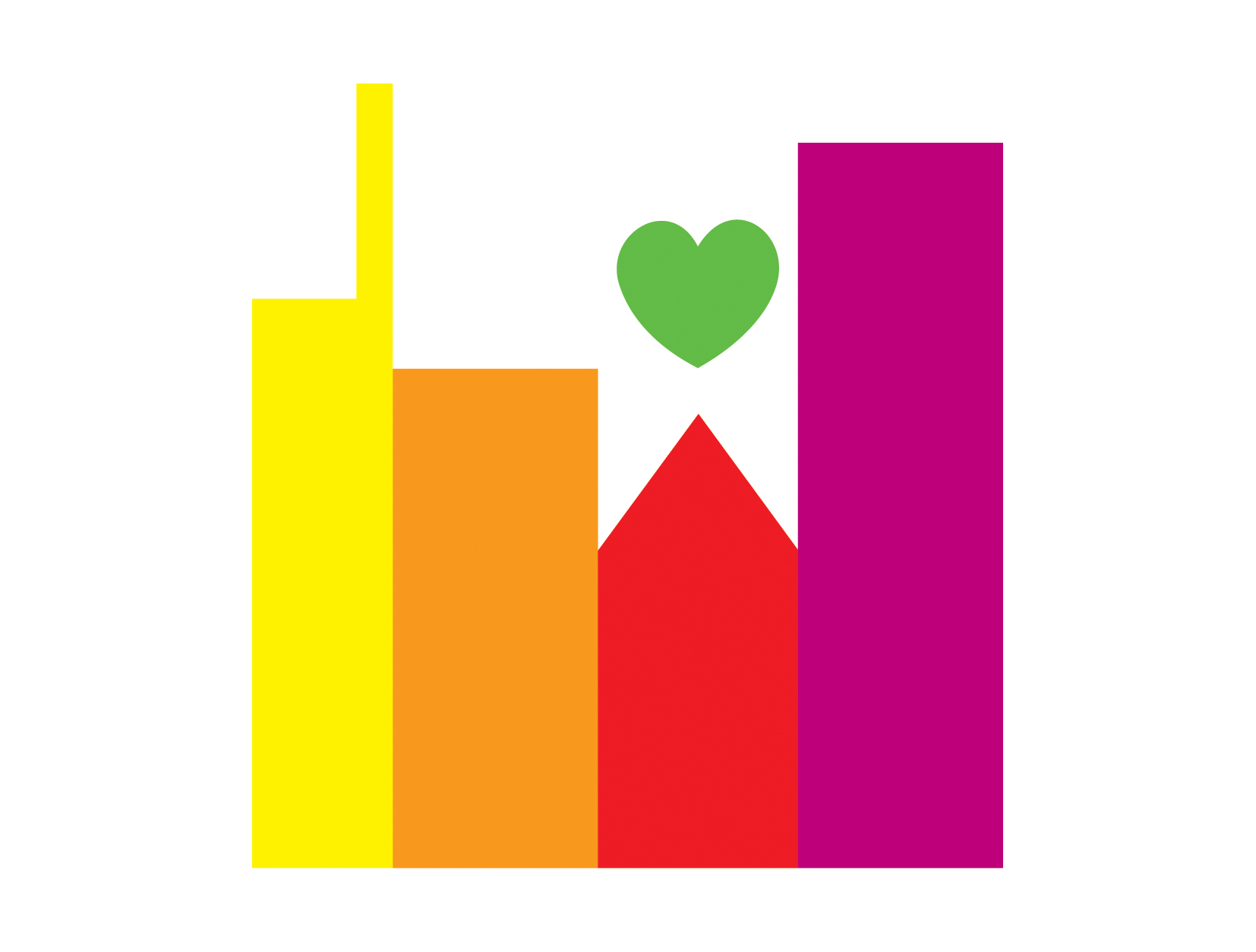Following the recent success of our new AF Pathway launch at EXPO, John Craig, our Chief Executive blogs about the importance of pharmacies in delivering an extended patient service and relieving pressure on GP's.
Under pressure, often people find the right answers. At home with my baby son, worrying and unable to see a GP, I went to a high street pharmacy for help. Utterly routine, perhaps, but it sure felt odd to me to approach a pharmacist for help – interrupting him behind his counter. It wasn't odd to him, and he quickly allayed my sleep-deprived paranoia.
Now at Care City, I know what quickly becomes common sense for new parents makes sense for all of us. The potential of pharmacists to answer our queries and ease the burden on GPs is enormous.
Two weeks ago, David Brindle made this very point in the Guardian, describing research showing the gap between how a few health systems work with pharmacists, and the rest. And while pharmacy funding is being squeezed like the rest of health and care spending, it still accounts for around 2% of NHS spending. This must be about more than putting shampoo and shaving foam outlets on every corner, but too often this incredible resource is forgotten.
It is natural that spatial separation and a little professional rivalry mean – in many places – pharmacy and the rest of primary care have grown up apart. But, with the pressures of budgets and more and more people wanting to see their GP, the primary care team is pulling together better.
But there is another reason – beyond how busy everyone is – why we need to understand the potential of community pharmacy now more than ever. Technology is changing what pharmacies can do, with devices that can identify illness without relying on clinical knowledge and skill.
In Care City's own work, Alivecor's Kardia Mobile is being used in community pharmacies to screen people for atrial fibrillation. The test takes thirty-seconds, sending the ECG t the cloud for analysis, to be compared against tens of thousands of other examples. Crucially, the test is often not administered by pharmacists themselves but by counter assistants working under their supervision (it is a test that even I can administer, which is saying something!).
Our partner in this work is North-East London Pharmaceutical Committee, whose manifesto is called Indispensable. I only wish I'd thought of the title!
This example is far from isolated. Care City is also deploying gait analysis in community pharmacy, again administered often by counter assistants and relying on 'big data' not human judgement for analysis.And new devices are coming on-stream all the time. For example, Clinicloud is a stethoscope that does the same thing, using big data in the cloud to anlayse the sound of a chest, rather than the judgement of a doctor. As yet, the functionality can't match Kardia, but perhaps soon it will – and what more potent symbol could there be than removing the stethoscope from the doctor's neck? And in a few years time, the idea that relatively inexpensive technology can diagnose a huge range of ailments based simply on touch, sight and smell may be commonplace.
So, as technology changes, the potential of community pharmacies – over-looked for too long in any case – will grow vastly. To realise this potential, we will need to continue to innovate carefully and to help professionals work better together. However, we may also need to change how we think about healthcare. With so much pressure on services, it is easy for a determination to make services efficient and effective to drift into a mindset focused on rationing. For example, in urgent and emergency care, the focus is often simply to stop people coming, and to move people with clinical expertise as far from the front door as possible. Increasingly, though, we see the benefits of expert triage literally at the front door, and of building services that live with and respond to people's determination to go to casualty.
The same is true in community pharmacy. As diagnosis becomes a simpler activity – not confined to only a few people – providing primary care from the 11,436 pharmacies[1], rather than just the 42,250 practicing GP's[2] in England will be sensible. We're very proud to be building relationships with the pharmacists in our local Boroughs to broaden their patient support and receive first hand, valid feedback on the innovations we are trialling as part of the Innovation Test Bed. It's now not just shampoo and shaving foam outlets on every corner - it's innovation!
[1] Source: In 2014 there were 11,647 "High Street" or "Community" Pharmacies in England. http://www.srpv.org.uk/srpv/sites/uk.srpv/files/Facts_about_high_street_pharmacies_in_England_Oct_2016.pdf
[2] Source: The total GP headcount is 42,250 as at 31 March 2017. http://www.content.digital.nhs.uk/catalogue/PUB24053





